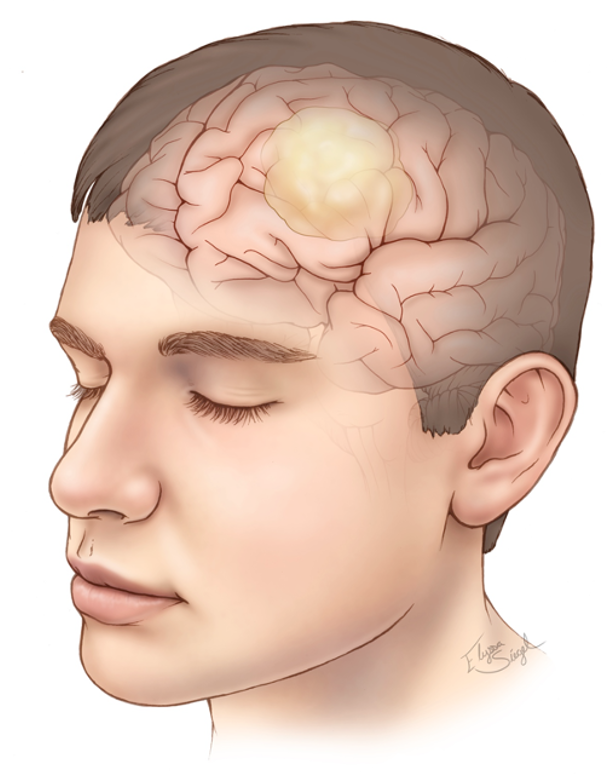Glioma

Contact Us
Related Videos :
Frequently Asked Questions :
What is the survival rate for glioma?
Survival rates vary significantly based on the type and grade of the glioma. Early detection and treatment can improve prognosis.
Are gliomas hereditary?
While most gliomas occur sporadically, some genetic predispositions can increase risk.
an gliomas be prevented?
There are no guaranteed prevention strategies, but reducing exposure to risk factors may help.

About Glioma
Glioma is a type of tumor that arises from glial cells in the brain or spine. Glial cells play a crucial role in supporting and protecting neurons. Gliomas can vary in terms of their aggressiveness and location within the nervous system. Understanding glioma is essential for early diagnosis and effective treatment.
Causes of Glioma
The exact cause of gliomas remains largely unknown. However, several factors may contribute to their development, including:
- Genetic predisposition: Certain genetic mutations may increase the risk.
- Exposure to radiation: Previous radiation therapy to the head may elevate the risk of glioma.
- Environmental factors: Research is ongoing into potential links between gliomas and environmental toxins.
- Age and gender: Gliomas are more commonly diagnosed in adults, particularly in men.
Types of Glioma
Gliomas are classified into several types based on the specific type of glial cell involved:
- Astrocytoma: Originating from astrocytes, this is one of the most common types of glioma.
- Oligodendroglioma: This type arises from oligodendrocytes and is often found in the cerebral hemispheres.
- Ependymoma: This tumor develops from ependymal cells lining the ventricles of the brain and the spinal cord.
- Mixed gliomas: These contain a combination of different glial cell types.
Symptoms of Glioma
Symptoms of glioma can vary depending on the tumor’s size and location. Common symptoms include:
- Headaches
- Seizures
- Nausea and vomiting
- Changes in vision
- Difficulty with balance or coordination
- Cognitive or personality changes
If you experience any of these symptoms, it’s crucial to consult a healthcare professional.
Diagnosis of Glioma
Diagnosing glioma typically involves a series of tests, including:
- Neurological examination: To assess cognitive function and neurological health.
- Imaging tests: MRI and CT scans are commonly used to visualize the tumor.
- Biopsy: A tissue sample may be taken for pathological examination to confirm the diagnosis.
Treatment of Glioma
The treatment for glioma depends on the type, location, and grade of the tumor. Common treatment options include:
- Surgery: The primary goal is to remove as much of the tumor as possible.
- Radiation therapy: Often used post-surgery to target any remaining cancer cells.
- Chemotherapy: Medications may be administered to kill cancer cells or stop their growth.
- Targeted therapy: This involves drugs that specifically target cancer cell characteristics.
Cost of Treatment and Stay in India
The cost of glioma treatment in India varies based on the complexity of the case and the facility chosen. On average:
- Surgery: Approximately ₹2,00,000 to ₹5,00,000.
- Radiation therapy: Around ₹50,000 to ₹1,50,000.
- Chemotherapy: ₹20,000 to ₹1,00,000 per cycle.
A patient may require a stay of 1 to 4 weeks, depending on the treatment plan and recovery.